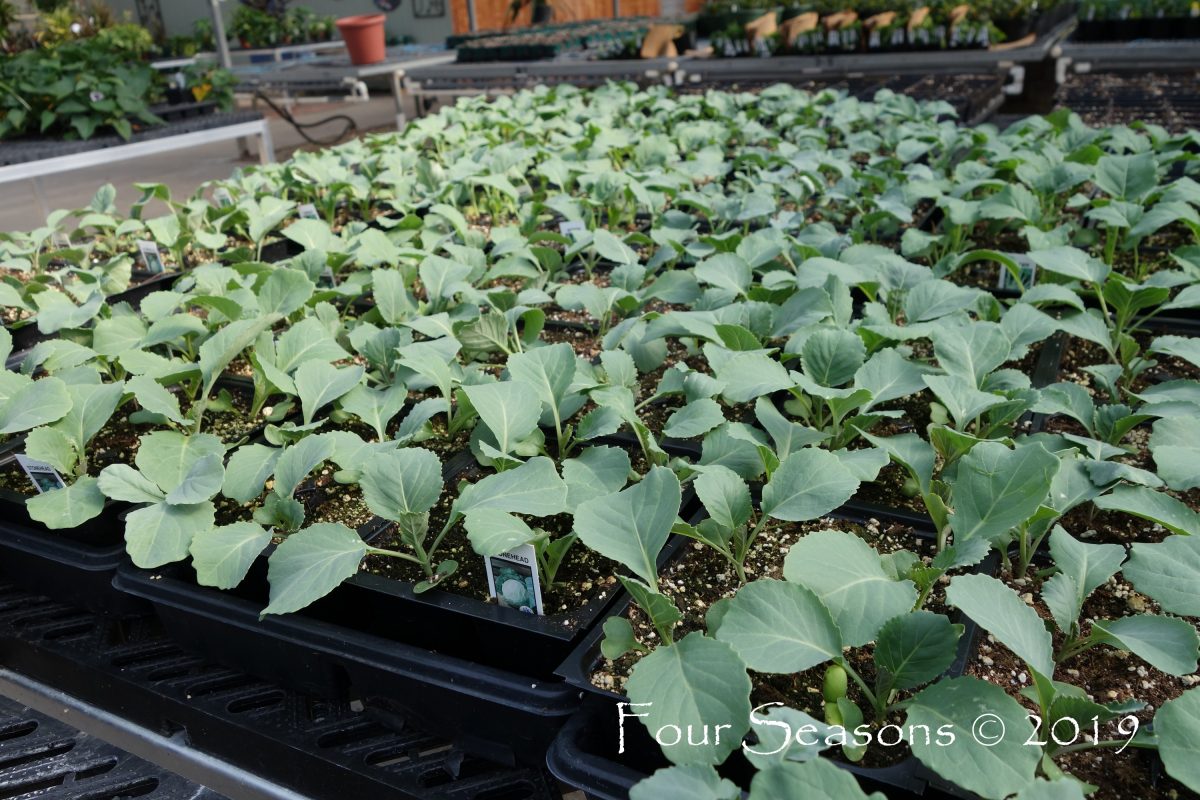If you’ve never tried planting a fall vegetable garden, you should. Since the days are still warm and sunny, the ground is still warm from the hot summer, but the nights are cooler this makes it a great time to get a crop of fall vegetables in the ground. Many vegetables do well when planted in the fall and some vegetables will taste even better than those that are grown in the summer months because flavor and nutrients are retained in their leaves since they aren’t growing as rapidly as they do during the summer.
Fall vegetable gardening is easy. Start by preparing your beds just as you do in the spring by tilling the area in order to loosen up the soil. That is especially important in our area where some of the soils tend to pack over the summer. A fresh layer of compost will add nutrients.
Your growing zone and conditions will determine what you can successfully plant. The most important thing to know will be your first frost date- or the average time when it begins to freeze in your area and you can easily find that information online.
Once you have determined your first frost date, look on the package of seeds that you wish to plant. Count backwards to see if you have enough time left. For example, if you are planting radishes, that take 24 days to mature, you can plant through mid-September and still harvest a good crop if you live in Cortez and your average first frost date is October 15th. Since the radishes are a root crop, they will also withstand a little frost without any major damage. You may also want to figure in a seven to ten day cushion in case we have an exceptionally early frost. You can always buy a little extra time too if you begin with starts from the garden center that are already established or if you are willing to cover your crops should that early frost occur.
You may also want to consider planting in containers. The advantage is that these can be moved into a sheltered spot or even indoors if need be, should we have a very early freeze or should you wish to try to keep them growing.
It’s possible to have a fairly diverse mix in your fall garden. Leafy greens work especially well as they thrive in the cooler temperatures. Try things like arugula, collards, endive, kale, lettuces of all kinds, mustard greens, spinach and Swiss chard. Root crops do well because they are naturally insulated against early frosts. Try beets, radishes, and carrots. Broccoli, brussels sprouts, cauliflower, cabbage and bok choy can also be grown as they love the cooler temperatures. Heads of broccoli or cabbage may be smaller but due to a process called cold sweetening, are usually very sweet and well worth your efforts.
Some vegetables such as kale, spinach and collards will thrive and tolerate even hard freezes down to 25-28 degrees. Many people that grow them in this area will pick off of these plants well into the fall months, and can go longer if they are given a little protection. If you are a kale fan because of it’s nutritional benefits, I encourage you to try planting some of your own. This is an easy plant to grow and can easily be done in containers.
The kids are back in school and fall and winter are just around the corner, but if you love vegetables as much as we do, it’s still time to garden!

